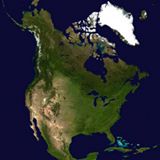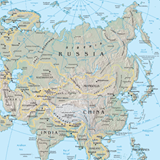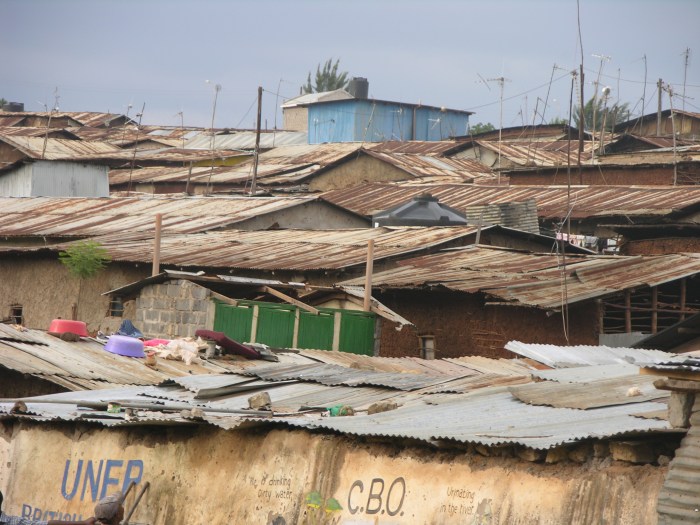Am I the only one that thinks there are issues, world issues that have been ongoing for too long? My attached Graphic highlights most of them.
We all know these things.
Individually we do very little. Recycling our own personal waste stream will not stop the pollution of our air, land and water.
Electing good leaders will not stop or prevent wars or terrorism.
Unless changes are made, what we have today will continue and only get worse – poverty, the rich/poor gap, loss of Diversity, global warming….
Current projects indicate almost half the world’s population will be located in Africa by 2010, quadrupling in that time period.
Those who profess to be concerned or worried about these issues Fly from Seminar to Conference; from Awareness Group to Planning Session; from Strategy Event to Conference, filling rooms full with Reports, Proposals, Strategic Analyses, Proceedings, Agendas, Surveys, Guides and the like in their wake.
These people are not and will not make any difference.
It is up to you and me.
If everyone, one day, decided no more wars, put down their weapons, we would have leaders with causes but no action.
If everyone, one day, decided all of the land on the planet belonged to everyone, to be shared equally, we would see so many changes – the rich poor gap would disappear, loss of diversity would stop and maybe even reverse, pollution of the land, water and air as well as global warming would abate.
If everyone, one day, decided ‘Profit’ would be replaced with ‘Sharing’, poverty and unemployment would disappear, governments would be reduced to simple decision-making, Society would improve, and our food supply would not only improve but we would all become healthier at the same time.
But, of course, this kind of thinking is pure fantasy. We are well past the “a little tweak here”, and “a small change there” to fix these things now. And no one is going to cause a world revolution to change them either.
So what is to be done?
I have read extensively on the topic, discussed numerous ideas with friends and associates, created dozens and dozens of computer models, tested various strategies, and finally settled on this ‘One Hope Left – the poor’.
Here’s the explanation of why….
If we improve conditions for the poor, they prosper. As their lot improves, they find hope, opportunity and being the second largest segment of the world’s population, will carry the balance of the world along with them as they progress. The largest segment – the ‘inbetweens’, are too busy trying to earn a living to be able to change very much.
So that’s it, just ‘help the poor to help themselves’.
How you ask?
I have broken the work down into five Steps:
Step 1) Give the poor Land. A ‘Sharing Zone’ with no rules, no conditions, no taxes (the poor don’t pay any now, in fact many get a refund when they do file), no land-use resrtrictions, etc.
Step 2) Use the 4 S’s (Small, Simple, Sustainable and Sharing) as Guidelines or Principles in the planning, design and development of their new Village.
Step 3) Help the poor build. Train them in Natural Farming techniques to grow their own food. Help them make their own ‘Needs’, generate their own energy, make their own tools, apparel, household items, in their own 100% Sharing, Small, Sustainable community.
Step 4) Then let them Replicate this process, each Village creating one new Village about once every year, until world poverty is eradicated (in approximately 15 years).
Step 5) This is the final step that carries the process forward to the remaining population (the ‘not poor’). This should take no more than two years after Step 4 is completed, and is the remedy for the rest of us.
Each of these steps are detailed in subsequent articles following this one. As each Step is completed, the Step above will be linked to it.
Also, please check out our web site at http://www.VillagesASimpleSolution.com










